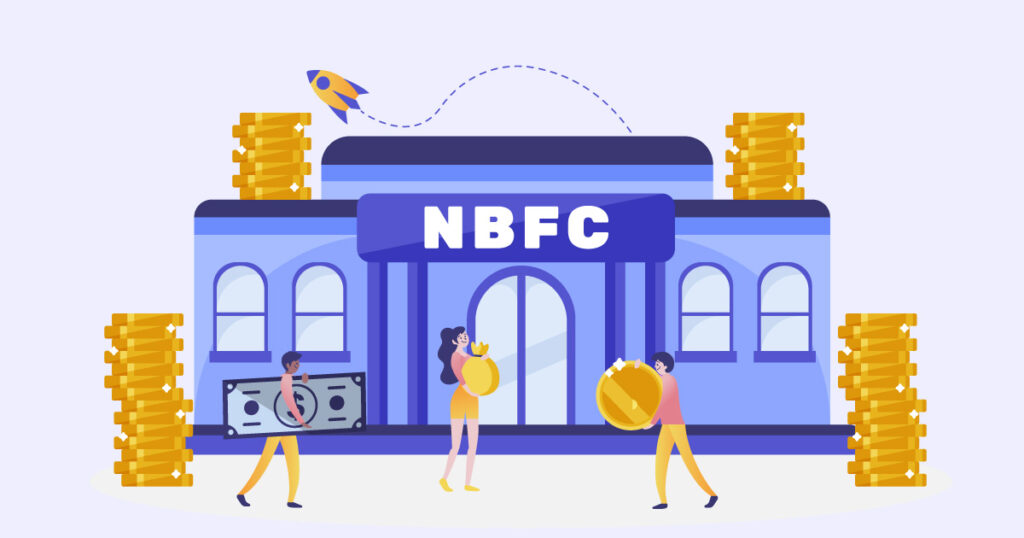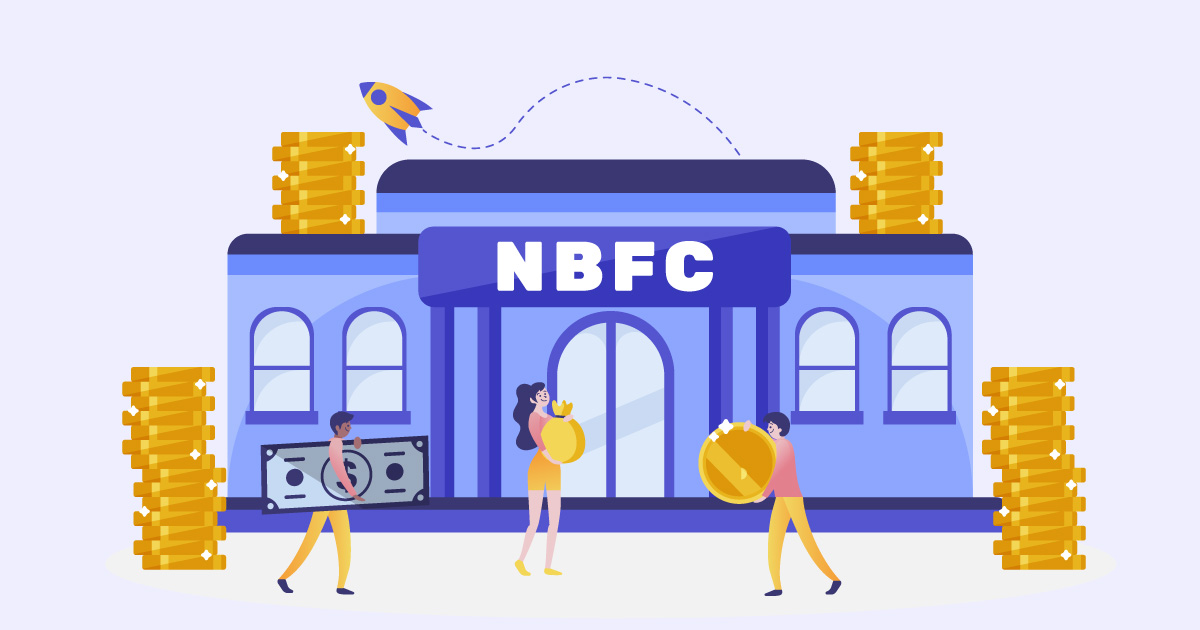
The repo rate, a pivotal tool in financial systems, influences the cost of credit and borrowing across the economy. As the central bank’s mechanism for lending to commercial banks, fluctuations in the repo rate have cascading effects on economic landscapes.
Credit Cost and Borrowing Impact
When the repo rate rises, borrowing becomes costlier for commercial banks, prompting them to pass on the added expenses to customers and businesses. This domino effect leads to higher loan interest rates, discouraging borrowing, and potentially stifling economic growth by limiting investments and employment opportunities.
NBFC Challenges and Profit Margins
Non-banking financial companies (NBFCs), crucial in extending financing to sectors overlooked by traditional banks, face challenges during high repo rate periods. Relying on a mix of loan and equity, NBFCs see a rise in the cost of debt, narrowing profit margins. Unlike traditional banks with access to low-cost financing, NBFCs, lacking such privileges, must lend at higher interest rates, impacting affordability for consumers.
Impact on SMEs and Low-Income Borrowers
The repercussions are felt keenly by small and medium enterprises (SMEs) and low-income borrowers. High lending rates hinder their ability to invest, expand, or achieve personal financial goals, exacerbating challenges in securing affordable credit.
Policy Challenges and the Road Ahead
Policymakers face the intricate task of balancing inflation management and sustaining economic growth amidst high repo rates. Crafting nuanced policies that consider the diverse needs of businesses and individuals is essential. Supporting financial inclusion and enabling NBFCs to access capital at reasonable rates contribute to building a more resilient and inclusive financial system.
Monetary Policy Complexity
The intricate relationship between high repo rates, expensive loans, and NBFC struggles underscores the complexities of monetary policy. Central banks and policymakers must make sophisticated decisions to foster a robust and inclusive economy, recognizing the evolving dynamics of the financial landscape.
![]()




